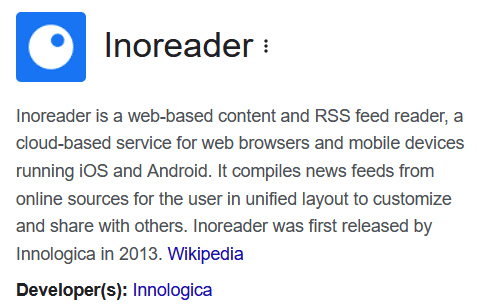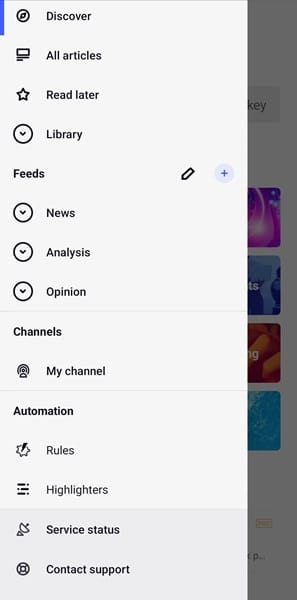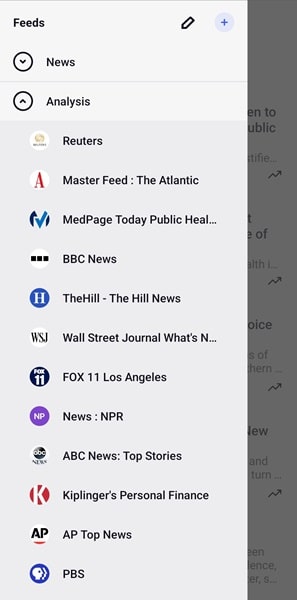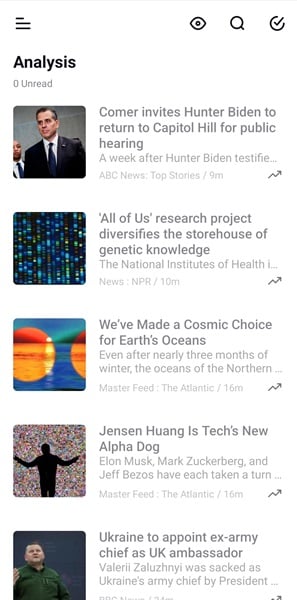Once upon a time, not so very long ago, Facebook was a happier place. It’s hard to remember now, but in the olden days, you could sign in, spend five minutes scrolling through your chronologically-arranged feed, and check out all your friends’ updates for the day–maybe the week. In those days, people still did most of their living offline, in the real world. Social media was an afterthought. Occasionally we would check in to let people know what we were up to. No one was so micromanaged by it that our food, for example, needed to be photographed and shared with the world.
Back then, when you logged in, these were the kinds of posts you would typically see: Your friend Justin was going bowling on Saturday night and wanted to know if anyone wanted to come along. Cousin Laura finally figured out those next few notes for that song she was writing on guitar. Todd was really excited about who won the game last night. Hannah just wanted to say hey.

But then the social world began to change. Apps were introduced that you could join right from your feed. (LOLcats was one.) Ads started to take up space. And before long, news media joined the scene.
It was the addition of the news that, in my opinion, marked the decline of what social media had been into what it is today–a mental health hellscape. Suddenly, along with the low-key, nonchalant types of posts above, everyone you knew was furiously sharing articles with sensational headlines, along with (often unfounded) insults against their fellow countrymen, and their own unhinged diatribes pertaining to the imagined content of the same article they hadn’t actually read.
The comment sections on these same articles began to fill with bots, designed purely to enrage people, keep them enraged enough to spread the disease to their own friends and family, and further the sociopolitical divide, both online and (the true tragedy) in the real world. (We’ve all seen the bots littering every single post. They often look like a string of “Amen!”s or “This must be all [political party]’s fault”s or “I’LL GIFT $500 TO THE FIRST FIVE PEOPLE TO RESPOND”s or “Don’t let this distract you from the fact that in 1966, Al Bundy scored four touchdowns in a single game”s.)
At the same time, Facebook was using our reactions to create echo chambers specially designed for each and every one of us to keep us both irate and ignorant.
We all know all of this already. We’ve watched the hate breed and multiply. We know we feel worse after checking our social than we did before. Many of us talk about leaving. But we can’t bring ourselves to do it. We’re stuck there because no one else has left yet, and there’s that FOMO.
If you still feel like you can’t leave, I understand. But here’s one thing we can all do now, today, to make our experience there and, consequently, in the real world a little bit pleasanter: Block the news.
Yes, really. Block it all. Every single time you see someone share a post from any news organization, click on the source of that post, hit those three dots at the top right, and block. You don’t need Facebook, or your friends or family, for that matter, to determine what news you see. Don’t leave it up to anyone else to determine how news is filtered to you. Especially not Zuck. And particularly not in a US presidential election year. Because it’s about to get so much worse again.
And the thing is, you don’t need Facebook to read the news. Even if you have fully transitioned to getting all of your news online, right from your phone. Yes, it seems like a convenient way to see all the news in one place, because Zuck is constantly spamming you with it. But he’s only spamming you with what he wants you to see. He’s spamming other people with what he wants them to see. You can take that control back. Start by blocking all of it on Facebook. Then, if you still want a convenient place on your phone to tap and see all your news in one place, check out this free app called Inoreader.
Inoreader
Inoreader isn’t another social media app; it’s a customizable news aggregator. You decide what appears in your feed (or feeds–you can create as many as you want and jump between them with a single tap). Stories don’t appear to you based on what sort of a mood you’ve been in for the last month and a half while scrolling Facebook. They appear based on the kind of news you tell it you want to see.

Instead of wasting your life away drowning in comments on news stories by bots and people who don’t know what they’re talking about because they also didn’t read the story, you can take your time back and spend it in a healthier way–actually reading the news you want to read, unfiltered. And it’s so easy to do! Here’s how it works.
The App
When you first make your account, there won’t be any news sources in there. That’s right–none. You get to start completely from scratch, selecting only the sources that you want to see! To do this, you’ll click on those three lines in the top left corner to get to your menu and then hit “Discover” at the top.

“Discover” is where you will search for the sources you want to see. (Reuters, for example.) When the search results come up, it will have a little plus sign by it. Click the plus sign, and Reuters will be automatically added under your “Feeds” area.
Note: I have three different feeds–News, Analysis, and Opinion. It doesn’t come that way. Those are three folders I created and sorted all my sources into by long-pressing each and choosing the appropriate folder. You can easily create as many different feeds as you desire, or just keep everything in one place if you want to do that. I prefer to be aware of what I’m looking at as soon as I click into one of my feeds.


If you select the arrow beside one of your feeds, it will open a dropdown showing all the sources you have inside it. If you click on the bar itself, it will take you to a view showing all the updates from all the sources in that feed, all in chronological order so the newest updates are always first. Then you can click on each individual article to read it in full.
What to Read
So where should you begin selecting the sources you want to see in your feed? Many of you probably already know what you’re looking for. But maybe reading the news has never really been your thing. Or maybe you’ve admitted to yourself that you’ve mostly paid attention to partisan propaganda until now and are ready for a fresh start.
Years ago, I caught up with the news by heading to the websites for FOX and CNN every day and reading everything posted that day. As time went on, I became a little less gullible and realized I was being played for a fool by both. They both usually had very clear agendas and wanted to put ideas in my head instead of feeding me just the facts and letting me form my own ideas. But they were some of the biggest names in news out there. What was I to do instead?
Enter Ad Fontes Media. AFM is made up of people across the political spectrum who read thousands of articles every month and work together to form a consensus on those sources about their political bias and reliability. Every month, I view their updated Media Bias Chart and rearrange the sources in my feeds accordingly. If a source doesn’t fall in that topmost rectangle above the 48 line, it doesn’t get to go in my “News” feed. Unfortunately, there’s very little that stays in there consistently.
After scrolling through my “News” feed, the vast majority of what I read is in my “Analysis” feed, which is made up of sources from that 40-48 range, as close to that middle line as I can get.
Sometimes I jump into my “Opinion” feed briefly, just to see what the far left and right are saying, but I try not to spend much time there. Also, most of those sources are still above that 40 line, with just a couple reaching down as far as the 32.
That’s how I do it. You can organize yours however you like, but I would urge you to spend some time with the chart and at least consider your sources before you add them. Especially, like I mentioned before, now that we’re in an election year. More than ever, the propaganda is out in full force to get all of us!

I hope this gave you some things to think about and will help make your entire life a lot less stressful! We can’t tell Facebook what to do, but we can refuse to look at the things it tries to force on us. We can exercise control over the information we absorb and keep a good chunk of the crazy away. And in doing so, we can begin to restore some peace to our relationships with friends and loved ones.

Leave a Reply